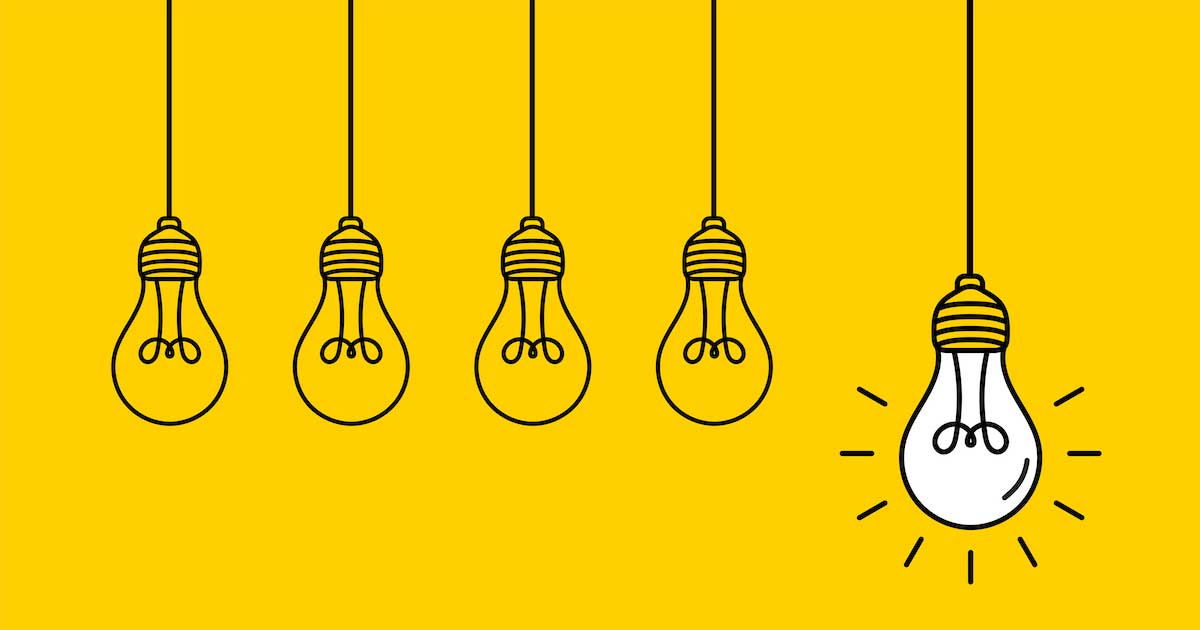Although engaging attendees is one of the easiest and cheapest ways to enhance the quality of a meeting, there is still a lot of resistance, according to Bo Krüger, meeting designer, facilitator, trainer and speaker and owner of Moving Minds.
Before Krüger brings his message to MPI’s European Meetings & Events Conference (EMEC), 3-5 March, through two sesseions (”Attendee Engagement: From Spectator to Creator” and ”How to Thrive in Radical Uncertainty”), we caught up with him to discuss the real reasons planners struggle with engagement and meeting formats that can help you more effectively engagee an audience.
Why are some meeting professionals still struggling to engage their attendees?
Even though engaging attendees is likely the easiest and cheapest way to enhance the quality of the meeting, as well as attendee learning and satisfaction, there is still a lot of resistance. This is due to the following.
Risk aversion. Most of us would rather do something that might not work too well—like having loads of PowerPoint presentation—because it feels comfortable and familiar from previous experiences, than take the risk of trying something new that could potentially go wrong but lead to a much better outcome.
Lack of ideas. We need new ideas on how to engage attendees. There is so much more you can do than just having a breakout, a poll or a Q&A.
Control obsession. Many meeting planners are obsessed with control and perfection. Engaging participants can feel like letting go of that. However, engaging more does not mean chaos; with a good format and a skilled facilitator, it just means more enthusiasm, learning and networking. Remember that the attendees are usually on your side and will help make the engagement work.

Can you give us an example of an inspiring format that you’ll discuss at EMEC?
One of my favorite formats is called ”Two Free Consultants.” The objective of this format is to share knowledge, connect and find creative solutions to the challenges we’re facing. It can be done with both small and very large groups.
Here’s how it works:
- Attendees form groups of three. The activity is best conducted while standing.
- Person A presents a challenge they are facing to the other two (B and C).
- A turns their back to B and C. For a few minutes, B and C brainstorm what A can do to solve the challenge while A listens and takes notes.
- A turns around and gives feedback to B and C on which ideas were useful.
- The sequence is then repeated with B and C as the focus.
How can meeting planners begin to adjust their mindsets in an unpredictable time?
First, we must accept that the world has changed from what it used to be. Due to growing complexity and the speed of change, the world has become much more unpredictable. Factors like extreme weather, international politics and new technologies (such as AI) can change your meeting in an instant. This shift means many of the working methods we’ve relied on don’t work as well anymore. Planning, analyzing data and strategizing are less useful when the future is unpredictable. Instead, we need to be more creative, experiment and improvise. To do this, we need a ”YES AND” mindset. ”YES” means accepting things as they are, rather than clinging to an illusion of how we would like them to be. So, if something happens that makes your plan irrelevant, the faster you can abandon the plan and move on, the better off you are. ”AND” means adding something to the new situation and trying to take advantage of what just happened. For example, can a hacker attack be turned into a technology-free meeting, focusing on intimate, human, eye-to-eye contact?
.png?sfvrsn=57c74555_1)
Can you give us an example of a new approach to navigating unpredictability that you’ll discuss at EMEC?
There are two types of problems in the world: puzzles and mysteries.
Puzzles are well-defined problems with clear rules and a correct solution. When solving puzzles, we can rely on best practices, analyze our way to a solution, make a plan and apply it. Meetings and events used to be puzzles, where we could do pretty much the same as last time.
Mysteries, however, are very different from puzzles. There is no clear definition of the problem, no clear rules and no correct solution. How to make regenerative meetings or apply artificial intelligence in your organization are examples of mysteries. To solve them, we need to experiment, be creative and improvise.
Planning meetings in an unpredictable world is more akin to a mystery than a puzzle. If we try to solve mysteries like we used to solve puzzles, we might end up in trouble.



